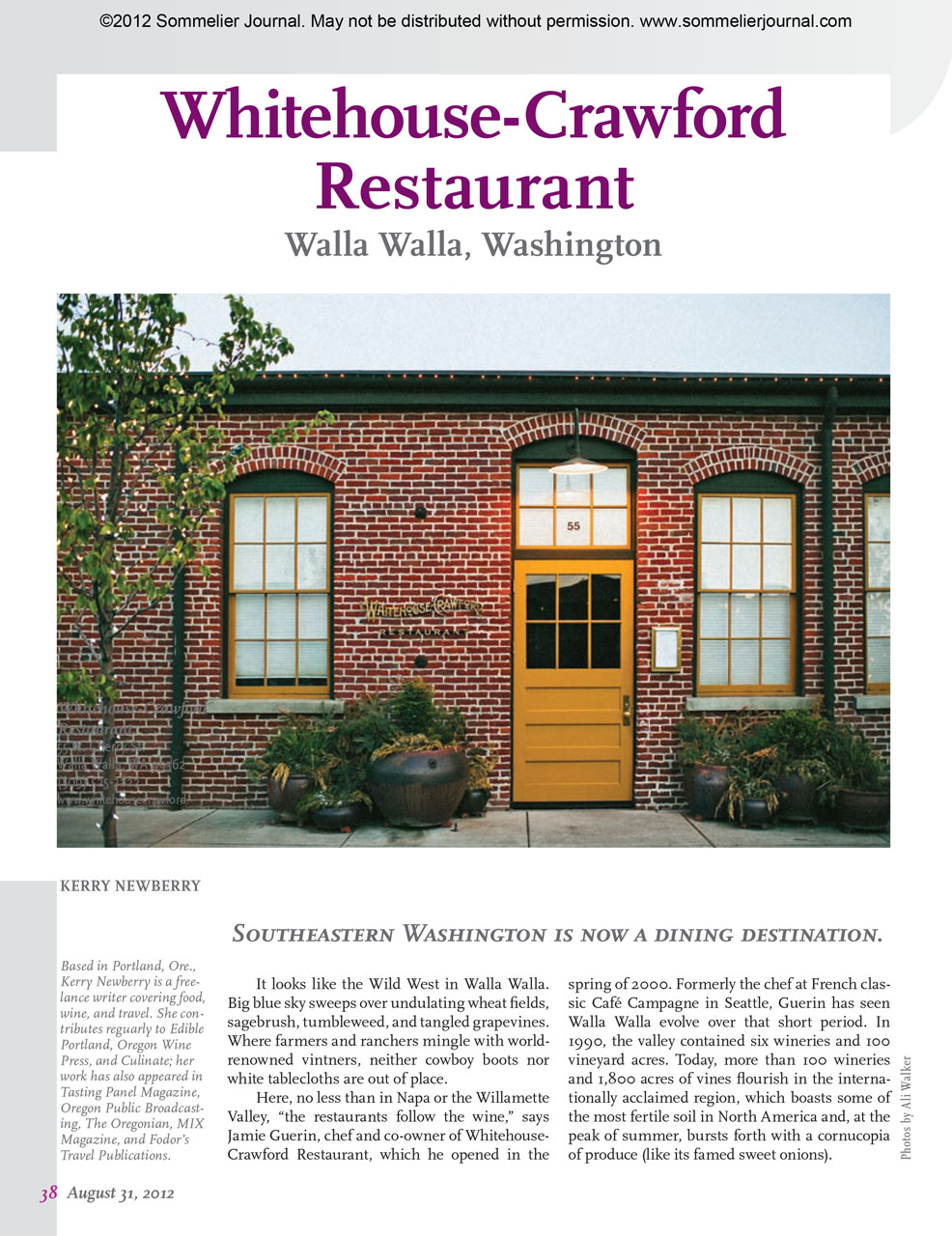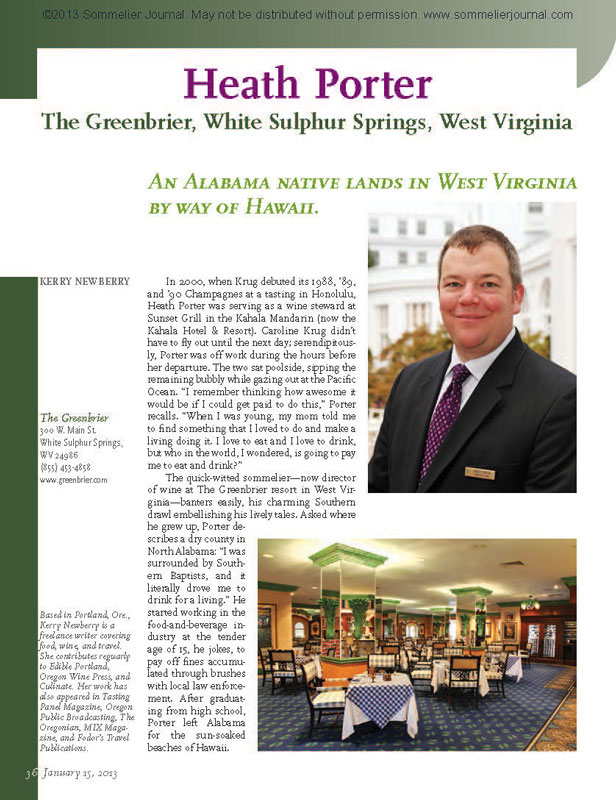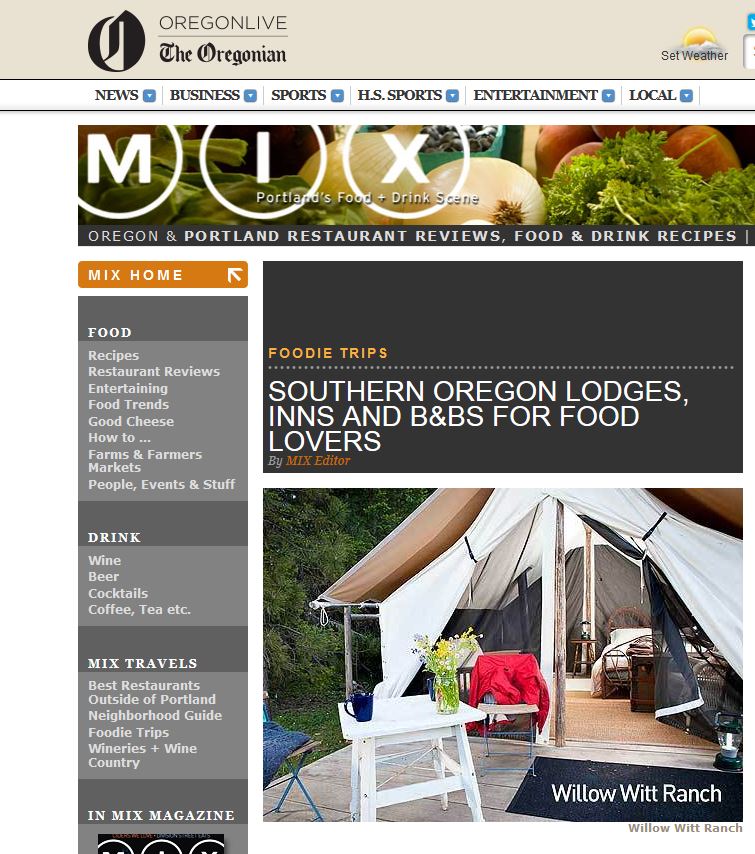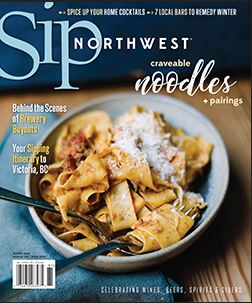Restaurant Spotlight: Whitehouse-Crawford Restaurant, Walla Walla, Washington

Sommelier Journal, September 2012
Southeastern Washington is now a dining destination.
It looks like the Wild West in Walla Walla. Big blue sky sweeps over undulating wheat fields, sagebrush, tumbleweed, and tangled grapevines. Where farmers and ranchers mingle with world-renowned vintners, neither cowboy boots nor white tablecloths are out of place.
Here, no less than in Napa or the Willamette Valley, “the restaurants follow the wine,” says Jamie Guerin, chef and co-owner of Whitehouse-Crawford Restaurant, which he opened in the spring of 2000. Formerly the chef at French classic Café Campagne in Seattle, Guerin has seen Walla Walla evolve over that short period. In 1990, the valley contained six wineries and 100 vineyard acres.
Today, more than 100 wineries and 1,800 acres of vines flourish in the internationally acclaimed region, which boasts some of the most fertile soil in North America and, at the peak of summer, bursts forth with a cornucopia of produce (like its famed sweet onions).
Drawn to a simpler lifestyle and the farm-fresh ingredients chefs dream of, Guerin was quick to adapt from his cosmopolitan ways to those of the country. With his tousled hair, low drawl, and five-o’clock shadow, Guerin certainly fits the laid-back image of an area where bicyclists and grass-fed cows outnumber the buildings and hybrid cars roam winding back roads.
And just as “Walla Walla is its own unique place,” in Guerin’s words, so Whitehouse-Crawford could not exist anywhere other than its spot at the corner of Third Avenue and Cherry Street. This graceful brick building, erected in 1904 to house a woodworking mill, was rescued from demolition and restored prior to the restaurant’s opening; it’s now listed on the Washington Heritage Register and the National Register of Historic Places.
The old mill lives on in vintage black-and-white photos adorning the brick walls, as well as in the storied red-fir floors, made from the original joists, beneath stately whitewashed wood beams. At one end of the dining room, picture windows look into the barrel room of neighboring Seven Hills Winery.
The soul of the restaurant, to Guerin, inheres in the best of what Walla Walla has to offer, past and present—a sentiment expressed by the decor, at once rustic and elegant. “We have white tablecloths because they look nice,” says Guerin. “But there is no dress code—we want people to relax.”
Whether dressed down or up, many Whitehouse-Crawford customers are out-of-towners, driving all the way from Seattle or Portland, Ore., or even flying from New York City or San Francisco directly into the Walla Walla airport in search of an intimate dining experience.
The 220-bottle wine list is a definite draw. Managed by wine director Robert Ames, it combines a selection of benchmark wines from around the world with an encyclopedic collection of local offerings, including limited-production and older vintages from the region’s pioneers dating back to 2000. Ames finds that patrons typically know what they want from Walla Walla, ordering bottles from cult wineries like Abeja that are not open to the public.
“To experience an older Woodward Canyon or Leonetti Cellar and know that the provenance on it is just impeccable—yes, they will have it,” says Ames. “The price is not an issue; it’s an opportunity.” That said, his list is approachable at all price points, from the 2008 àMaurice Malbec ($55) by rising star Anna Schafer to a coveted 2008 Cayuse God Only Knows Grenache ($175). The elusive Cayuse Edith Grenache Rosé is well worth the $69 price tag, if it happens to be on the list.
Every season, Guerin and Ames collaborate to create a six-course, wine-paired tasting menu. The best seat in the house for this extravagant taste of place is at the chef’s counter, a half-circle perched before the live theater of the open kitchen. Guerin’s mantra is “solid food with fresh ingredients” sourced from local farmers, ranchers, and bakers.
When mushrooms are in season, for example, foragers swing by with bushels of wild morels, corals, and porcini from the foothills of the Blue Mountains. Goat cheese from Monteillet Fromagerie in nearby Dayton is often on the menu.
A simple amuse-bouche of garlic scapes and sun-dried-tomato pesto on a cracker tastes of the garden; a basket brimming with paper-thin ribbons of fried onion is a tangle of crunchy, sweet, and salty goodness. And a signature entrée of grass-fed beef tenderloin in red-wine sauce with wild mushrooms and shallot-thyme mashed potatoes pairs perfectly, of course, with a lush Walla Walla red.
On any given night, the wine-loving tourists at Whitehouse-Crawford are joined by a cross-section of the close-knit local community. From the butcher eating a burger at the bar to a symphony member snacking on cheese, Guerin reports, “it can be like a party in here.”
Not infrequently, a customer will order a bottle of wine made by a fellow patron. “We’ll say, ‘Hey, there’s somebody here drinking your wine; do you want to go over and say hi?’ People get a real kick out of that,” says Guerin. Such moments encapsulate the many charms of Walla Walla.
Whitehouse-Crawford Restaurant
55 W. Cherry St.
Walla Walla, WA 99362
(509) 525-2222
www.whitehousecrawford.com




